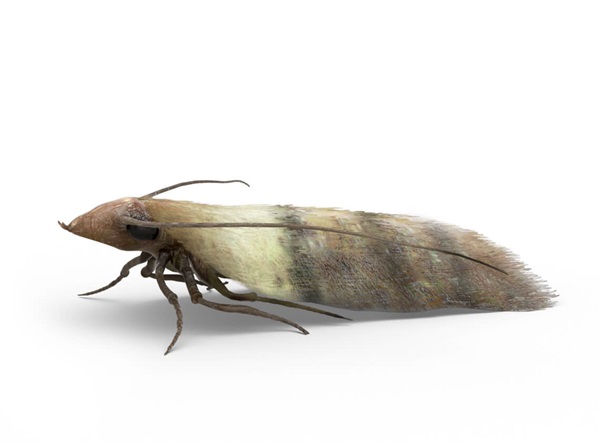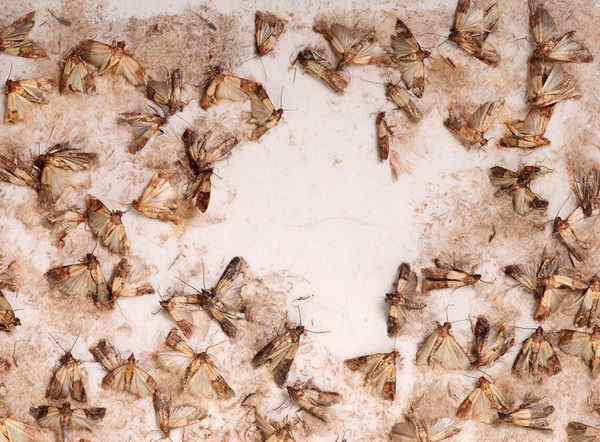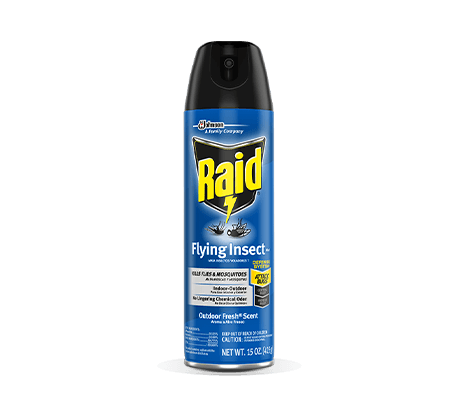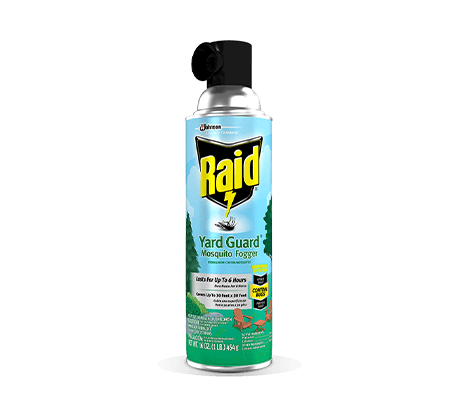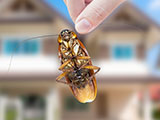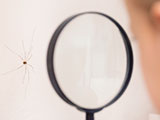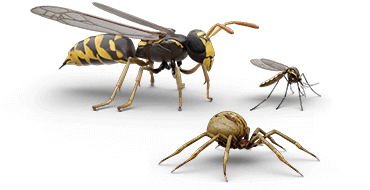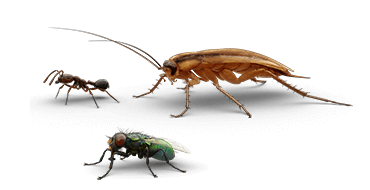Food Moths
Plodia interpunctella
-

SIZE
1/4in to 3/8in long, 1/2in to 3/4in wingspan
-

COLOR
-

BITE OR STING
No
-

WINGS
Yes
COMMONLY MISTAKEN FOR
General Information
Seeing food moths eating or laying eggs on stored foods like rice and flour can make you lose your appetite fast. You can help safeguard your family’s food by learning more about these uninvited dinner guests and finding tips for how to help get rid of moths in the kitchen.
-
Because these pests eat a variety of food items, they are known by many names, including food moth, pantry moth, cabbage moth, grain moth, rice moth, flour moth, and Indian meal moth.
-
Most food moths are quite small, with approximately a 1/2-inch wingspan.
-
Often, you will see pantry moths in the house, flitting about the kitchen or pantry before you find the infested food item.
Details
-
These moths will often infest stored foods and are commonly found in the kitchen or pantry.
-
Pantry moths can come inside the house in search of food, but more often they are brought into the home on food that is already infested.
-
Their meals include items like rice, grain, flour, spices, cereals, grits, cake mixes, and pet food.
-
Moths consume and contaminate many food items in the pantry, which can be a hassle and expense to replace.
-
Some food moths are a major agricultural concern in certain areas where raw grains are stored.
-
Vacuum shelves and cabinets where food is stored to pick up loose/spilled material.
-
To identify the food that is infested, look for webbing laid down by the pantry moth larvae as they feed on the food. Adult moths will also be seen here.
-
Regularly inspect all susceptible foods and discard infested items when found.
-
Store all food items in containers with air-tight seals.

